Characteristics of Intelligent Ventilation Type Reagent Cabinet Requirements
Requirements and characteristics of ventilated reagent cabinets:
The storage conditions for general reagents are not very high.They are generally stored in a cool and ventilated place with a temperature below 30°C in a cabinet.However,regular inspections of these substances are necessary to ensure good sealing of the drugs and to use them within their shelf life.The stored substances include:non perishable inorganic acids,alkali salts,and non volatile organic compounds with low ignition points.Such as silicic acid,silicates,non reducing sulfates,carbonates,hydrochloride salts,weakly alkaline bases,etc.
Liquids and solids that are highly corrosive to human skin,mucous membranes,eyes,respiratory tract,and objects are generally classified as highly corrosive substances.These drugs should be stored in a cool and ventilated environment,isolated from other drugs,and corrosion-resistant reagent cabinets should be selected to ensure safe storage.
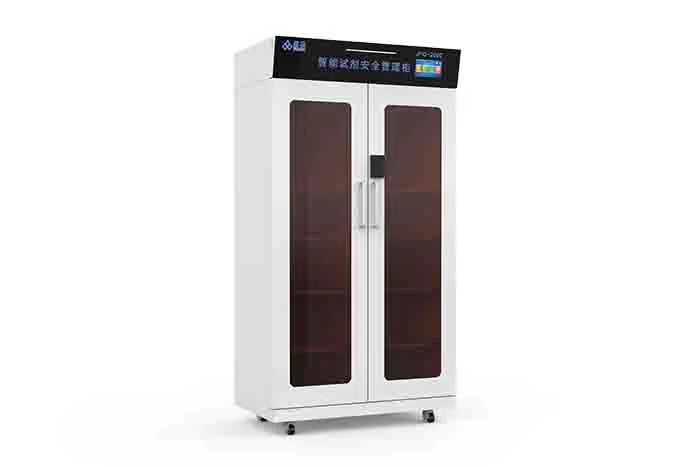
The substances stored in the ventilated intelligent reagent cabinet include:concentrated sulfuric acid,concentrated nitric acid,concentrated hydrochloric acid,formic acid,phosphorus pentoxide,anhydrous aluminum chloride,sodium hydroxide,potassium hydroxide,sodium sulfide,phenol,etc.
The development trend of intelligent ventilated reagent cabinets:
The main cabinet integrated control system,finger vein scanning,barcode scanning and other units can manage the operator,reagent information,and cabinet information system to form a complete reagent information management system,which can achieve safe management of reagents and is suitable for high-end laboratories with complete reagent information management.
Intelligent reagent cabinet
Classification of laboratory ventilation cabinets
Classification of ventilation:ventilated cabinets and non ventilated cabinets.
Ventilation type can be divided into two types:built-in ventilation type and external ventilation type.
A ventilated reagent cabinet is a large equipment used in laboratories,especially chemical laboratories.The purpose is to reduce the exposure of experimenters to harmful gases.Ventilation is a primary barrier to protect personnel from the hazards of toxic chemical fumes,thereby protecting the staff and laboratory environment.
Selection of ventilation cabinets in general laboratories and other places
When constructing a laboratory,selecting a fume hood and determining the installation location of the fume hood requires selecting the type,material,shape,etc.of the fume hood based on the experimental content,which usually needs to be considered.
Drugs used:When conducting experiments using organic compounds or other special reagents,full consideration should be given to controlling wind speed.
When conducting experiments with radioactive substances or perchloric acid,a dedicated ventilation cabinet should be selected,and its inlet air speed must be set to be greater than 0.5m/s.
When using large equipment for experiments:it is necessary to consider the effective internal size and leave necessary space for ventilation.
Heat resistance and acid alkali corrosion resistance function:Some ventilation cabinets need to be equipped with electric furnaces,and some experiments produce a large amount of toxic and harmful gases such as acid and alkali,which have extremely strong corrosiveness.The countertop,lining,side panels,and selected water and gas valves of the fume hood should all have anti-corrosion functions.

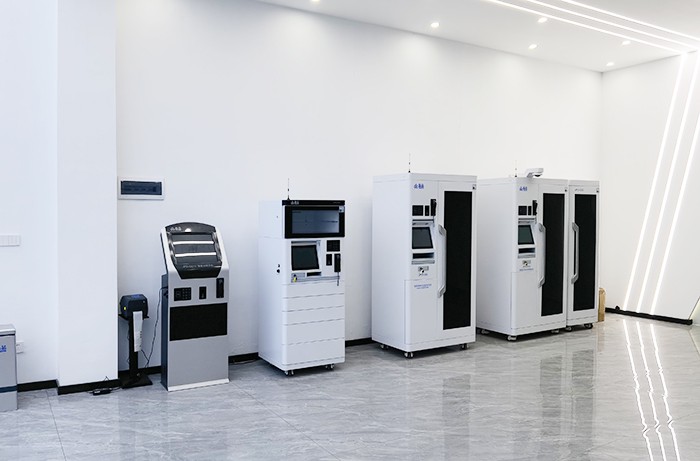

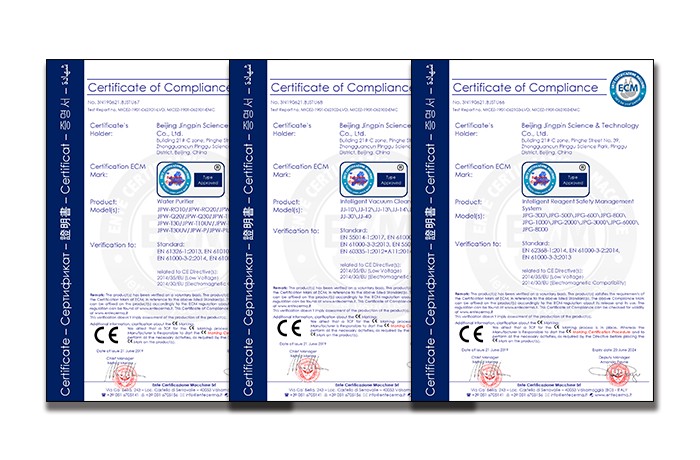
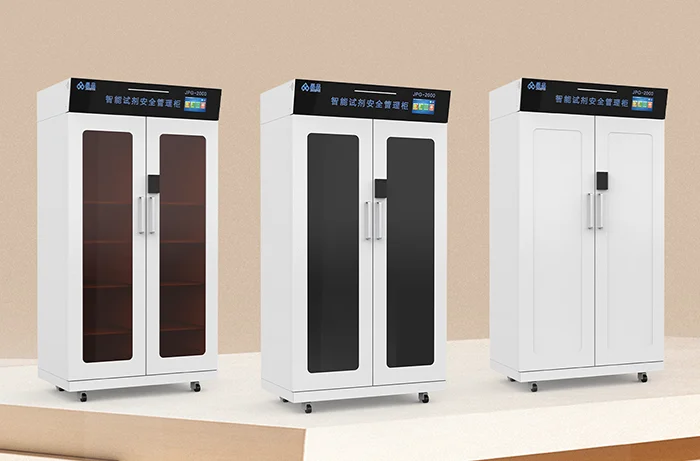
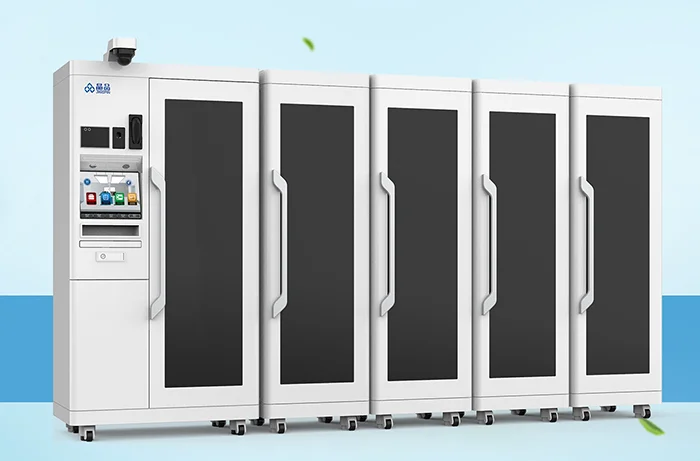
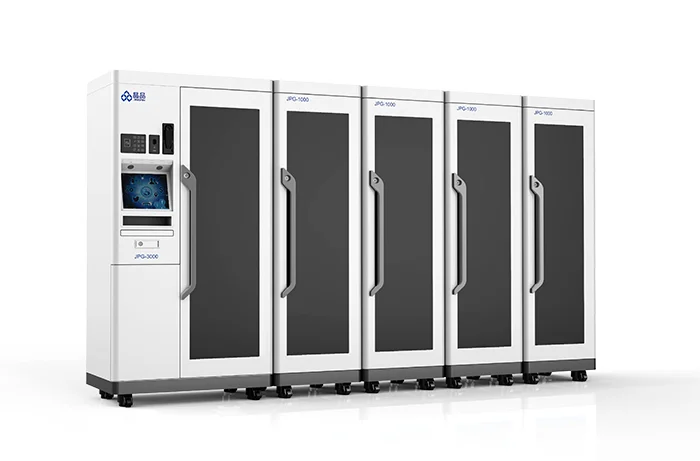
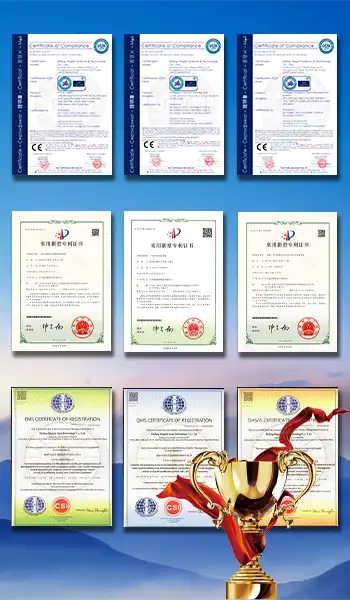
Leave a Message